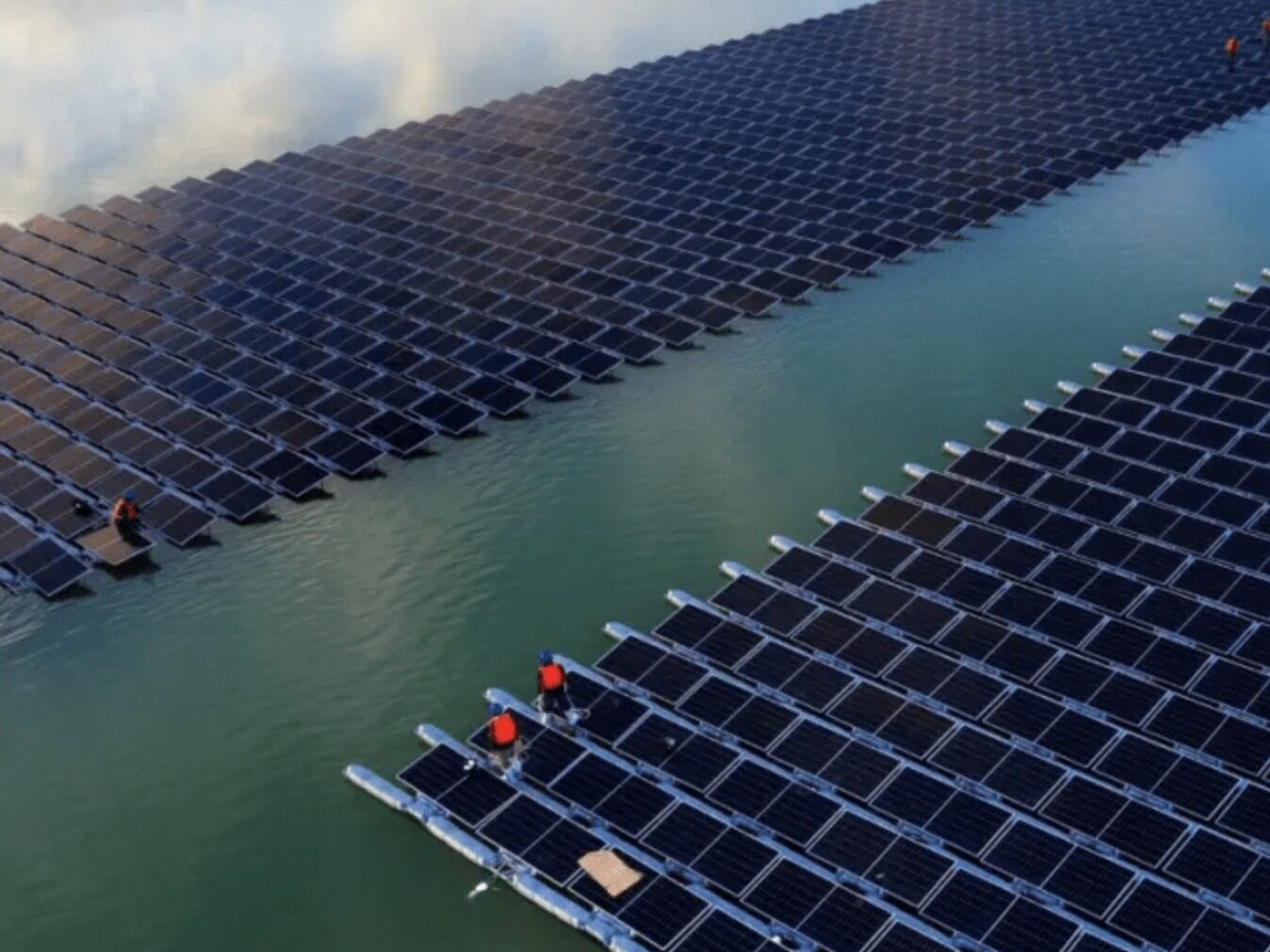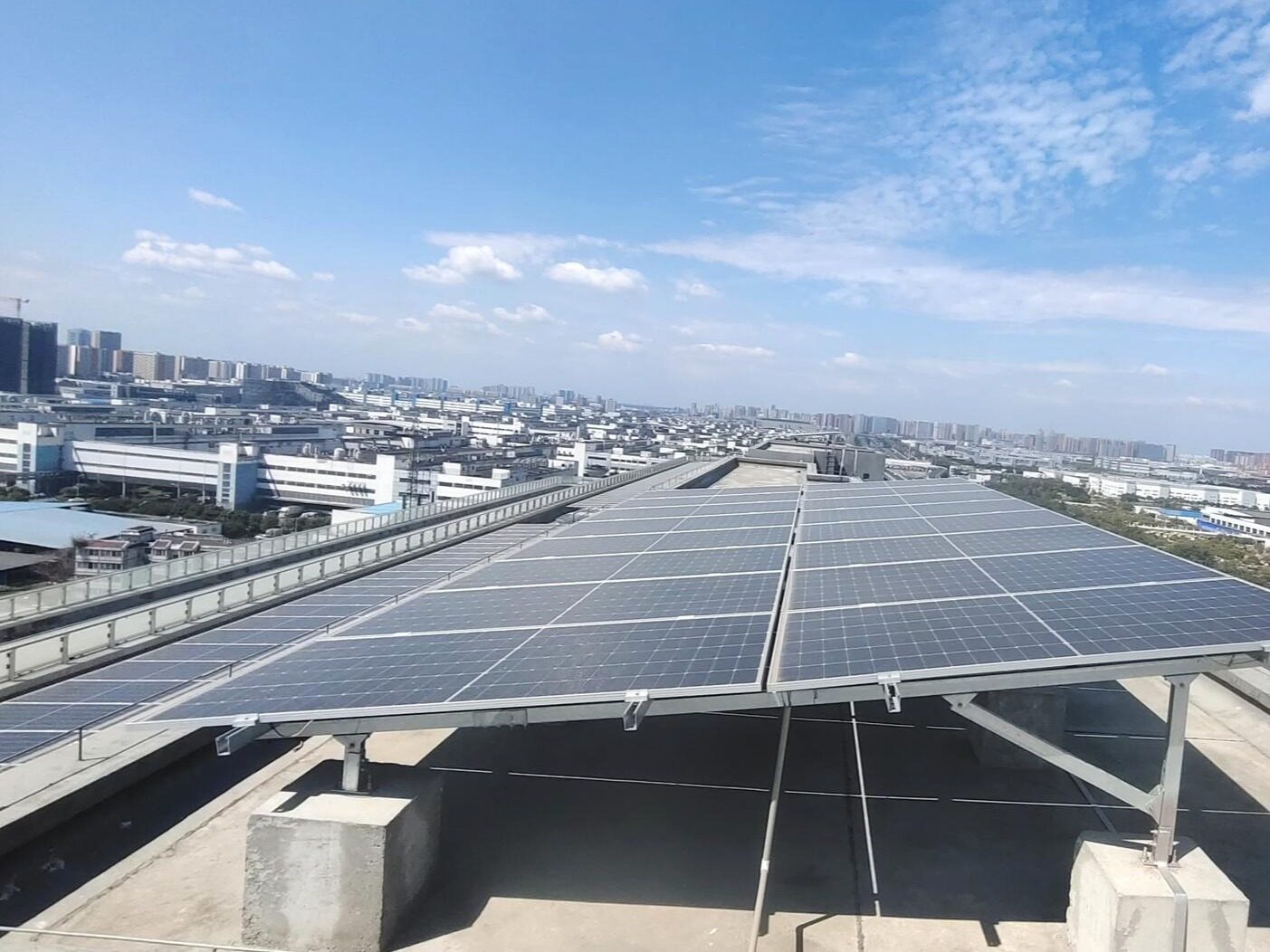- The new company has a portfolio of around 12GW, of which 9.2GW is for solar power plants

Hanwha Group is currently developing a 9.2GW photovoltaic power station in Europe. The project is planned and constructed by Q Energy Solutions SE, a new company established by Hanwha, and will unify all its downstream operations in Europe. Currently, the company's business has covered France, Germany and Iberian Peninsula. The new company, QEnergy, will stand alone as a direct subsidiary of the group's Hanwha Solutions Corporation division.

QEnergy will be independent from its QCells PV division and will act as a total solutions operator for renewable energy power plants, ranging from greenfield development to IPP business. And QEnergy and its QCells PV division will continue to provide completely clean energy solutions to private and commercial end customers. For QEnergy Europe, moving from QCells to an independent company means expanding from solar to wind, energy storage and green hydrogen. A company spokesman said it would make full use of the experience and expertise of its sister company QEnergy France, which has more than 20 years of experience in wind farm development in France.

Regarding the progress of the current projects, the company has recently completed construction of some projects in Spain and Portugal, while projects in other regions are either under construction or will start in the next few months, in addition, there are currently two in France. Project is under construction. In terms of specific project planning, the installed capacity of the project in France is about 5GW, while the installed capacity of the projects in Spain, Portugal and Germany are 4GW, 2GW and 1GW respectively. The spokesperson also said the company is expanding into Italy, the UK and the Netherlands.
Hanwha's integrated PV upstream and downstream layout
Hanwha's expansion of its downstream power station business in Europe this time is due to the protection of its European module patent rights, and it is also a key layout for its expansion of photovoltaic upstream and downstream integration.

It is understood that Hanwha and LONGi have previously launched a series of patent battles in various regions of the world, each with its own winners and losers. In recent years, key progress has been made in Europe. Hanwha announced that it has obtained patent rights in 11 countries and regions in Europe. According to Hanwha’s disclosure in March, the Dutch court extended the cross-border injunction against LONGi shares. In countries where Hanwha enjoys patents in the European region, LONGi is not allowed to sell, sell or distribute solar modules affected by the patents, including Belgium, Bulgaria, Germany, France, Hungary, Liechtenstein, Austria, Portugal, Spain, the United Kingdom and Switzerland, and demanded the return of the components affected by the patent dispute. In addition, LONGi had to send the list of customers in these countries to Hanwha Q-Cells.
With the advantages of module patents, it will undoubtedly provide module supply and guarantee for Hanwha's large-scale photovoltaic power plant project construction in Europe this time. In the Americas, Hanwha also announced a US$320 million investment plan in May 2022 for solar capacity expansion in the United States and South Korea. After this batch of production capacity is implemented, Hanwha's module production capacity in the United States will occupy a third of the market. one. Keywords: engineering news, overseas news

In the field of polysilicon upstream of photovoltaics, Hanwha will also cooperate with Ferroglobe through its subsidiary REC Silicon to start polysilicon production in 2022. According to previous reports, after Hanwha acquired a 16.67% stake in RECSilicon for $160 million in January 2022, it acquired an additional 4.67% stake in REC from Aker Horizons for $44 million in March, becoming the largest shareholder of REC. Subsequently, REC Silicon and Ferroglobe signed a raw material supply agreement, and the two parties announced that they will cooperate in the development and production of polysilicon, which means that Hanwha's industrial chain layout has extended to the field of polysilicon. According to reports, the batch of polysilicon is expected to be put into production in the fourth quarter of 2023 and reach full production in 2024.Editor/XingWentao
Comment
 Praise
Praise
 Collect
Collect
 Comment
Comment
 Search
Search














Write something~